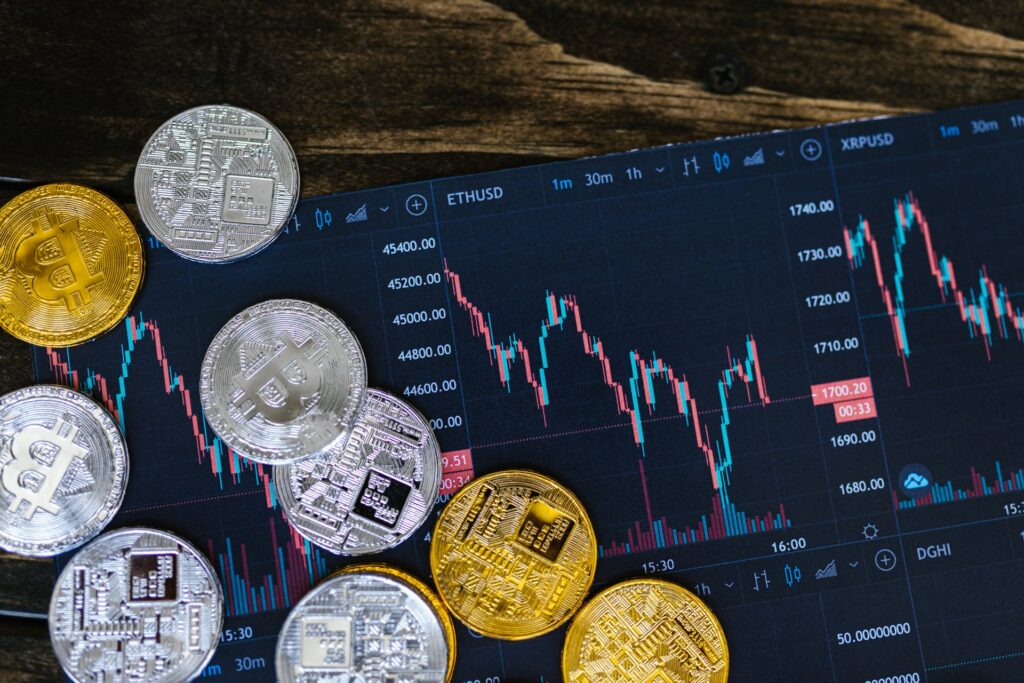Recent weeks have been dominated by the much-publicised collapse of the Bahamas-headquartered FTX, the world’s third-largest cryptocurrency exchange in terms of volume. FTX’s bankruptcy filing has been characterised in some quarters as crypto’s “Lehman moment”, in reference to perhaps the defining moment of 2008’s global financial crisis: the implosion of American financial services giant Lehman Brothers. While attempts to directly liken conventional financial institutions such as Lehman to the emerging structures of the cryptocurrency field are akin to fitting a square peg into a round hole, suffice to say that the FTX debacle is very bad for crypto.
One of the most interesting dimensions of this crisis is the way that its effects have been amplified by the vast number of retail investors storing and trading assets on this platform. In recent years the cryptocurrency field has been shaped – 0r, some would argue, distorted – by a massive influx of retail investors. This transformation has not been wholly organic. Cryptocurrency exchanges – including and, at times, especially FTX – have managed this gold rush to the extent that any gold rush is manageable. So, how have exchanges marketed both themselves and the broader cryptocurrency field in order to draw the custom of vast quantities of retail investors?
One approach to positioning for exchanges is simply to channel populism. There is certainly an undeniable populist appeal to an asset class exploding in value in defiance of traditional forms of finance, and in the process spreading wealth far beyond the trading floors of Wall Street and the Square Mile. Robinhood’s adverts explicitly lean into this sense of disruption and democratisation in their welcoming of traders to “the new Wall Street”. Even the exchange’s name conjures up notions of the righteous redistribution of wealth. Robinhood’s messaging thus shrewdly taps into two rich seams of populist sentiment: anti-establishment anger and get-rich-quick investor mania.

The messaging of other exchanges foregrounds a more utopian sense of futurism. Binance adverts that appeared around London in 2020 claimed that ‘Money is evolving’, along with an Evolution of Man-style graphic depicting a pound coin followed by a Bitcoin. Similarly, a FTX ad that aired during the 2022 Super Bowl splices Larry David into a range of historical settings so that he can snub breakthroughs including the wheel, democracy, landing on the moon – “It’s too far!” – and ultimately cryptocurrency. Indeed, this framing of cryptocurrency as not merely a profitable asset class but the next civilisational leap forward is a recurrent messaging theme. In case the applicability of this innovation to the investor is unclear, the TV spot hammers the point home in its concluding line: “Don’t miss out on the next big thing”.
This ad also intersects with a third key approach to messaging for exchanges in its dubious characterization of the FTX platform as “a safe and easy way to get into crypto”. The notorious volatility of this asset class ensures that reassuring assertions of safety often sit at the core of exchanges’ messaging. Coinbase, for instance, bills itself as “The world’s most trusted place to buy and sell cryptocurrency”, while crypto.com’s website stresses that it is “Trusted by more than 70M customers world-wide”.
The FTX fiasco has, to put it delicately, seriously impeded the credibility of such safety-centric messaging. However, it remains to be seen whether the collapse of one of the largest crypto exchanges has holed cryptocurrency trading below the waterline or instead signifies a mere setback to the continued expansion of this asset class. The positioning of cryptocurrency exchanges over the past few years has been shaped by surging crypto valuations, so the question going forward will be how these exchanges align their messaging with far more adverse conditions.